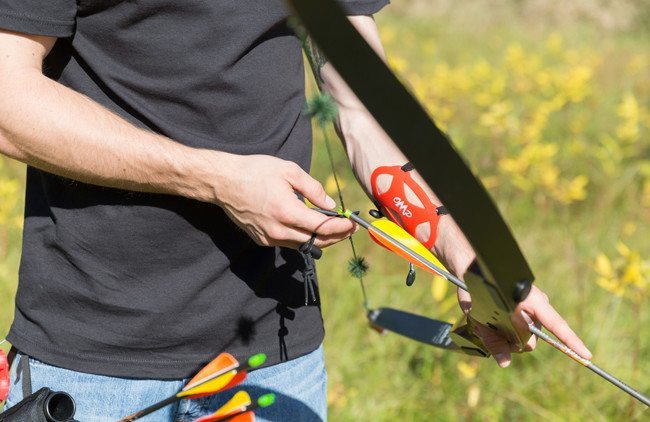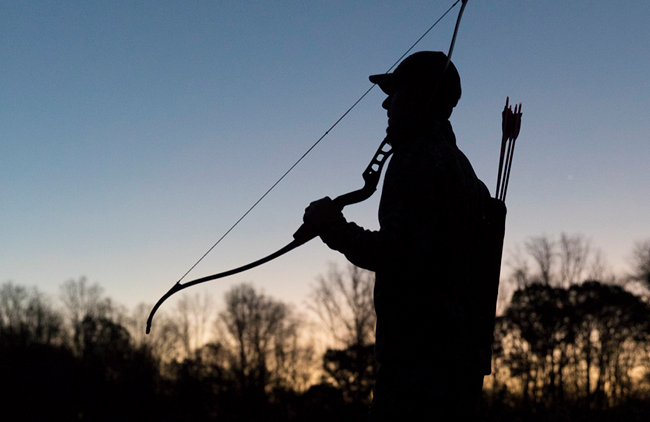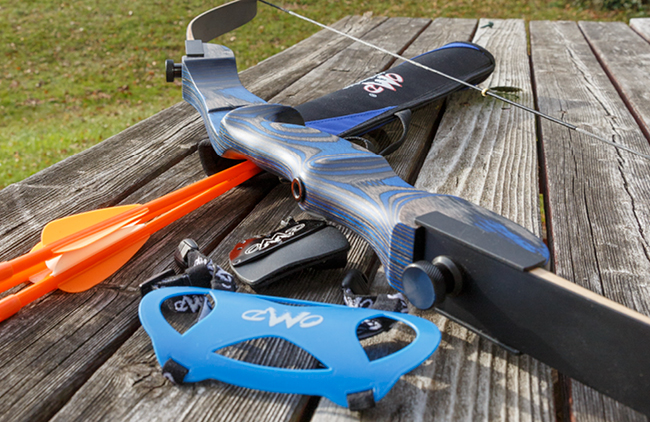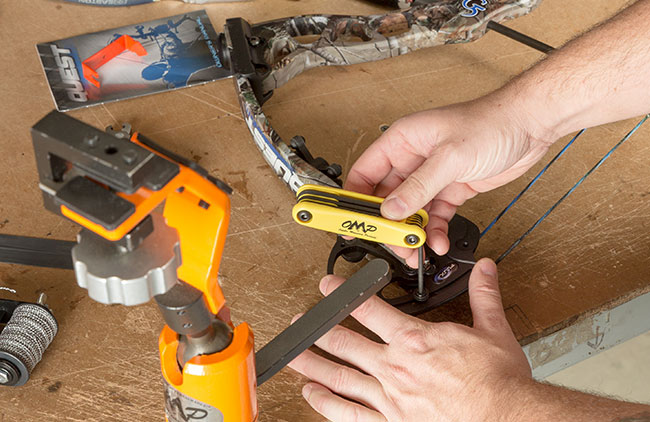7 Tips to Become a Successful Traditional Bowhunter
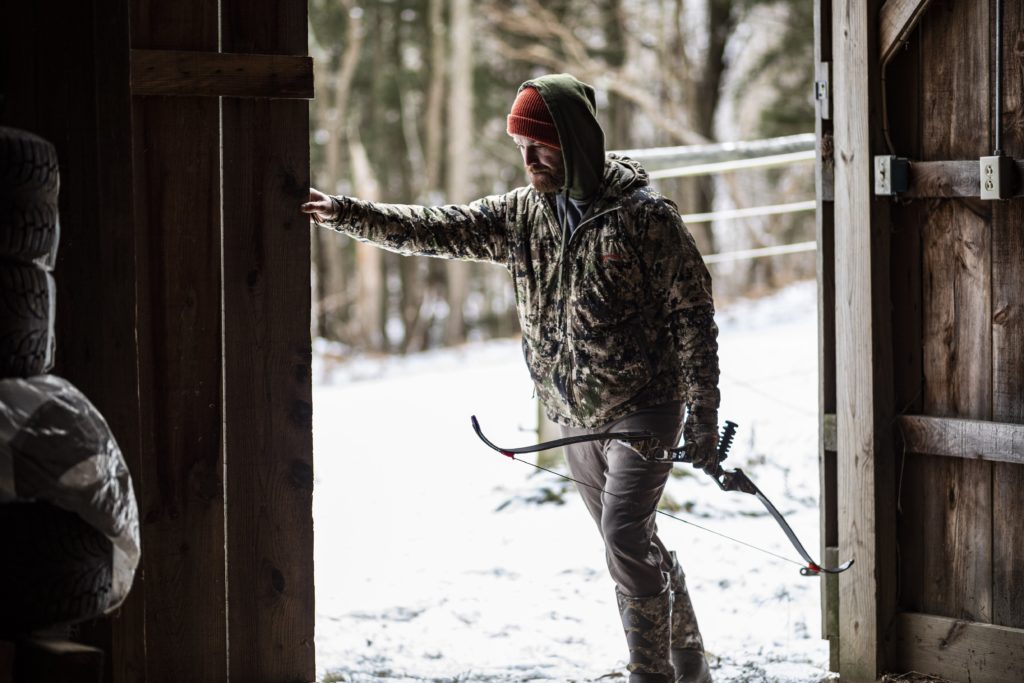
Becoming a successful traditional archer requires a long-term, committed relationship with the craft. The more you put in, the more you will be able to get out of it.
Pursuing a path of traditional archery can make you a better hunter and archer. Shooting a trad bow will immediately expose inconsistencies and problems with your shooting form. Many hunters have found that shooting traditional is a helpful means to curb target panic symptoms.
Mastering the craft of traditional archery and bowhunting takes time and dedication. Starting down the right path and not forming bad habits is very important.
Keep reading to learn more about our 7 tips to becoming a successful traditional bowhunter.
1. Practice
Becoming proficient with any archery equipment takes repetition.
Consistency of shot sequence and execution is of the utmost importance. This is true for compound bows and trad bows alike.
However, your accuracy with a compound bow or a crossbow can be achieved with much less time at the range than is required when picking up the stick and string.
This is especially true for trad bowhunters who shoot instinctively, without the aid of a sight.
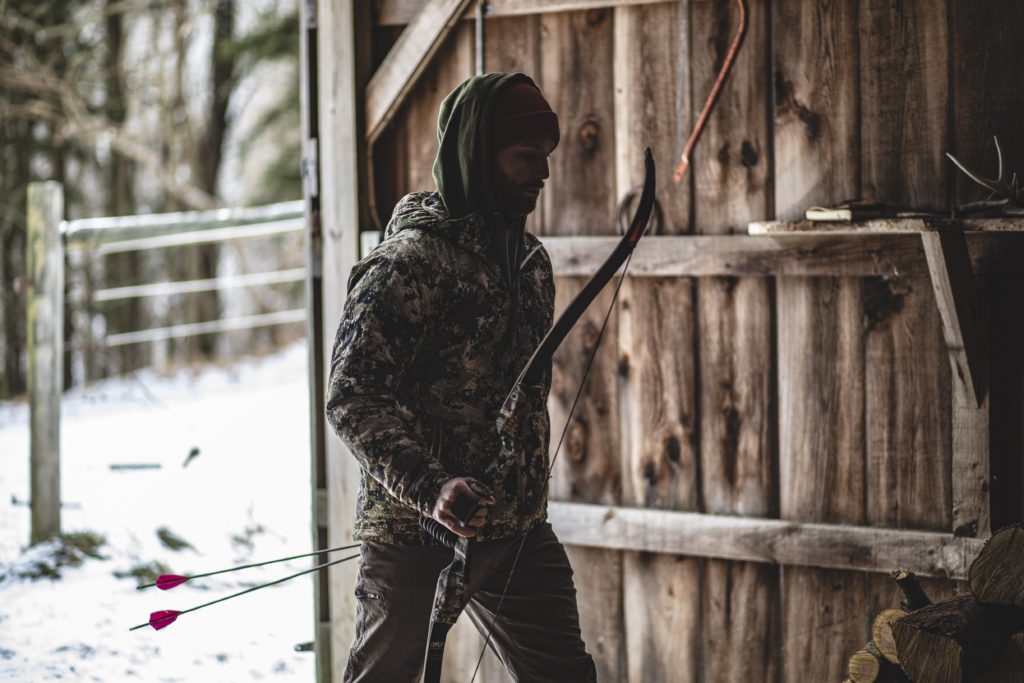
Taking time off can result in more drastic regression with a traditional bow. It is especially important for traditional archers to practice regularly and continue their shooting regime throughout the hunting season; something that many hunters fail to do.
2. Equipment Prep and Review
Your success as a traditional archer heavily depends on the accuracy and consistency of your equipment. Before each shooting session and prior to each hunt, it is a good idea to inspect your equipment.
Check your bow’s riser and limbs for any defects. Quality bows are built to withstand the rigors of even the most extreme hunting conditions; however, it is always a good idea to give your bow a quick check-up before you fling some arrows downrange.
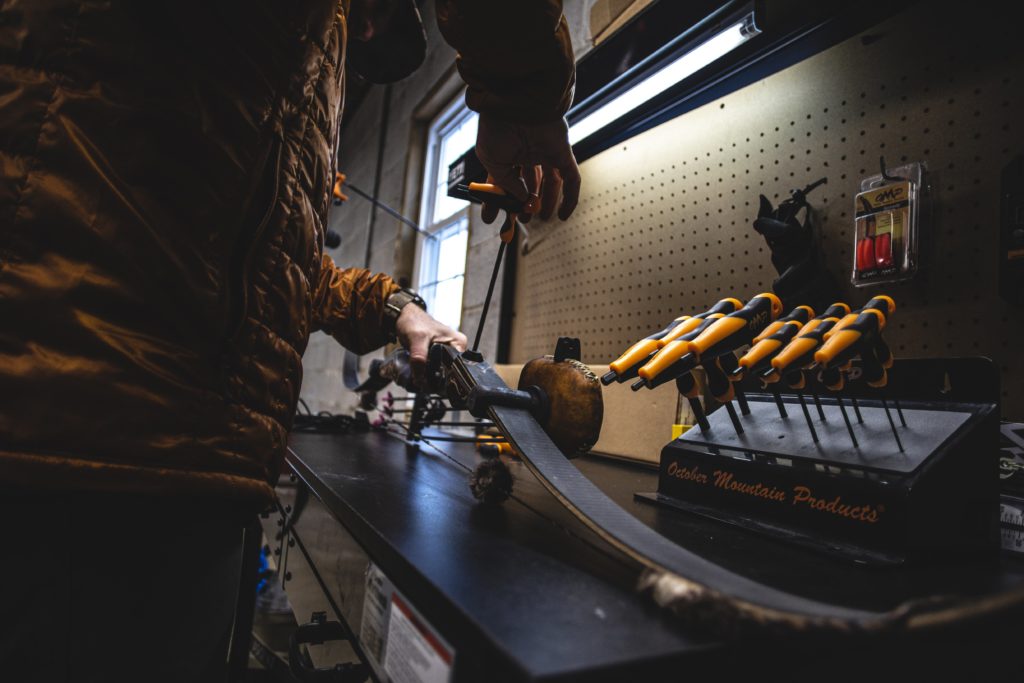
Likewise, check your string and serving for signs of wear and tear as fraying or an otherwise compromised string should be replaced. Regular string care is also important, so consider applying a premium wax or string serum product to increase its lifespan and longevity.
You will also want to inspect your arrows for any subtle damage.
If you’re shooting carbon shafts, inspect the arrows for any signs of cracking around the inserts or nocks. Make sure that your fletchings are intact and free of damage. Damaged fletchings can have a negative impact on your arrows accuracy.
3. Number Your Arrows for Tuning
If you do a deep dive into the sport of traditional archery, you will inevitably encounter a lot of technical information.
There are many good online resources that will help you when it comes to honing your accuracy with your traditional bow.
An important aspect of ensuring your accuracy and efficiency with a stick bow is tuning your arrows.
Numbering your arrow shafts for bare shaft tuning will help you to identify any “flyers” when group tuning your hunting arrows.
If you have an arrow that is consistently hitting the target differently than the other shafts in the group, you will want to conduct a process of nock tuning.
Rotate your nock 120 degrees and shoot another group at a distance at which you are confident in your shot consistency. If the arrow is still missing the mark, rotate the nock another 120 degrees.
If an arrow is consistently missing its intended point of impact after nock tuning, many archers will cull that arrow from the group entirely.
Some bowhunters have that one special arrow that seems to fly truer than the rest, and they number their arrows so they can identify their #1 arrow in their quiver.
There is nothing wrong with this type of numbering system, but if your arrows are cut, spun, fletched, and tuned correctly the batch should have a great deal of consistency throughout.
Having arrows in your quiver that fly differently is often a sign that you need to revert back to bare shaft or nock tuning, or in some cases, re-fletching an arrow entirely.
For this reason, numbering arrows for the purpose of identification during your tuning process has a great deal more value than simply numbering them from “best” to “worst” in your quiver.
4. Silence Your Bowstring
When hunting with a traditional bow, stealth is a key factor. Since a traditional bow is launching arrows at a significantly slower speed than does a compound or crossbow, you want to reduce as much shot noise as possible to avoid having your target animal jump the string.
There are many options for string silencers, from rubber whiskers to wool.
If you’re shooting a recurve bow, you may also want to consider a limb mounted silencer, such as our OMP Remedy Vibration Reducers, which mount on the bow’s limbs at their point of contact with the string.
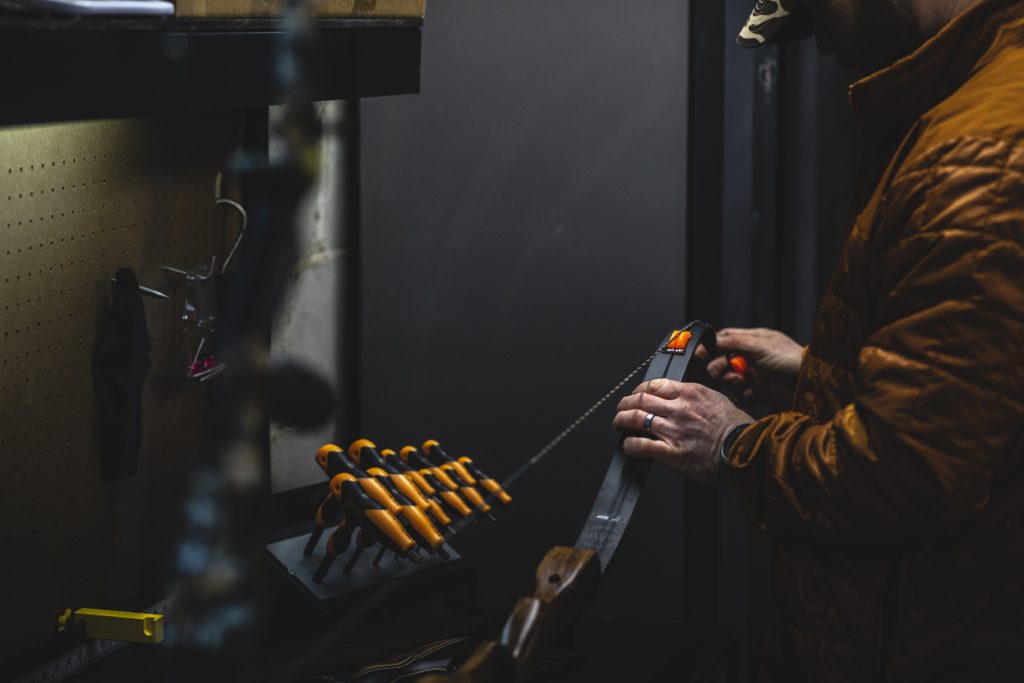
This will reduce the noise created by the string connecting with the recurve limb upon release. They also reduce noise by eliminating extra vibration in the limbs, which in turn helps to eliminate hand shock through the bow’s riser.
Remember, a quiet bow is a deadly tool in the field, so be sure to consider these economical ways to silence your bow.
5. Shoot Heavy Arrows with a High FOC and Fixed Blade Broadheads
In recent years, the popularity of shooting heavier hunting arrows in all types of archery has seen a drastic uptick.
Moreover, archers have been getting very detailed about their arrow builds in terms of Front of Center or “FOC” ratios. An arrow that has a disproportional amount of weight at the front of the shaft will help to increase the arrow’s penetration when it contacts the target animal.
The arrow is essentially “pulled” through the animal by the greater amount inertia created by the increased weight at the front of the shaft.
Physics is a big part of archery, and understanding the basics of Front of Center and kinetic energy, will help you to assemble the right arrow and broadhead combination for your bow.
Most experienced traditional archers will recommend shooting a fixed blade broadhead with a traditional bow setup. Since a traditional bow does not shoot at the same high rate of speed as a compound or a crossbow, a great deal of valuable kinetic energy can be lost as the blades of an expandable broadhead are deployed upon impact.
The wider cutting diameter of most expendables will also have a negative effect on the amount of penetration of the arrow. For this reason, many traditional-archery-specific broadheads will feature a smaller cutting diameter and a cut-on-contact tip to maximize the possibility of pass-through shots.
6. Draw Your Bow Once You are at Your Hunting Location
Modern compound bows have become incredibly compact.
As such, they are efficient and convenient when hunting out of a treestand.
Conversely, recurve and longbows can exceed 60” in length, so it is important to take into consideration this longer limb tip-to-tip measurement when you are setting your stands and lining up your probable shot opportunities or shooting lane options.
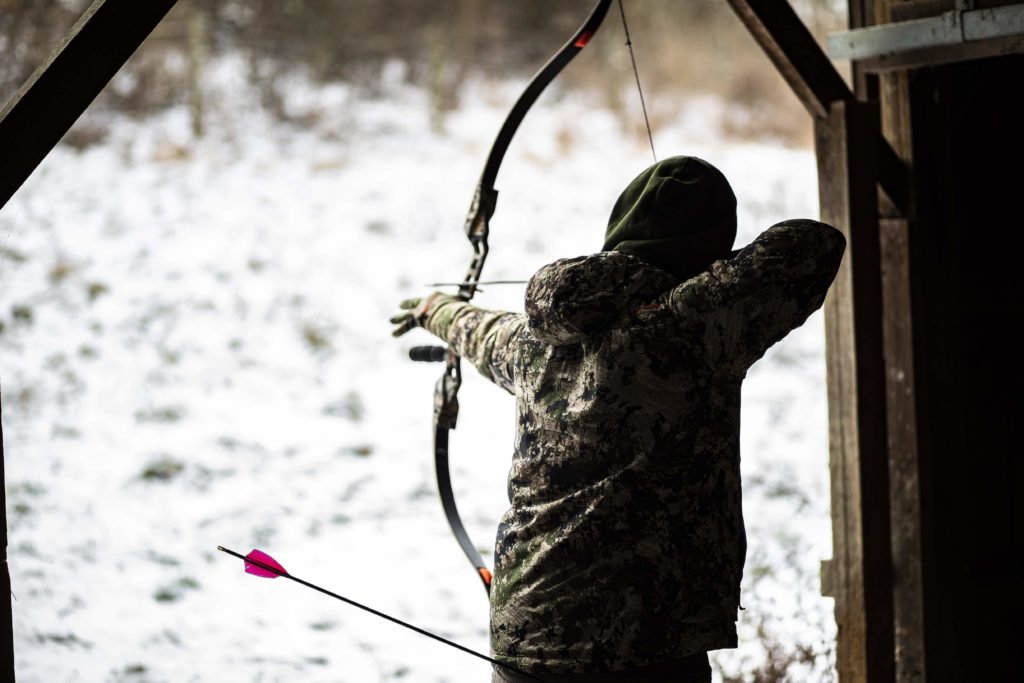
Whether you are hunting from a natural ground blind or a treestand, it is a good idea to take the time to draw your bow once you are situated at your stand location.
This will help you to identify your possible shot angles and if you’ve got a clear shot when you find yourself in the moment of truth.
7. Use a Range Finder
Especially in the case of beginner traditional archers, a range finder can be a tremendously valuable tool.
Even if you are shooting instinctively, meaning with no sight on the bow, a range finder will help you to identify the distance to the game trails in your shooting lanes.
We owe it to the quarry we pursue to make accurate and ethical shots. A range finder will help you reduce the chance of wounding game.
Having a range finder in your pack is also a good way to practice and hone your yardage estimation abilities during slow times in the stand.
Guessing yardage and verifying the distance with a range finder is a good way to improve your instincts and accuracy.
Yardages can be deceiving and look different from an elevated stand than they do from the ground.
Recap
The above list will help you to get started on the right track when it comes to being a successful trad hunter.
If you’ve picked up a traditional bow, it is likely because you’re ready to embrace the challenge this type of hunting can offer.
Be sure to embrace the process, stay detail-oriented, and committed.
The reward of harvesting an animal with a traditional bow will be well worth the effort.
For more traditional archery & archery related content, be sure to check out our full blog archive on our website.
Also, make sure to connect with us on Facebook, Instagram, and YouTube to stay updated on the latest product information, new product announcements, sales, promotions, as well as contests and giveaways!
Photo Credits: Kevin Merrow of TradGeeks.com

